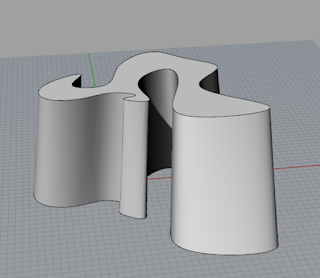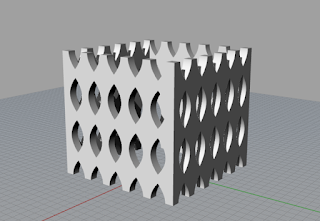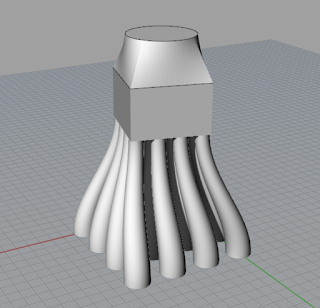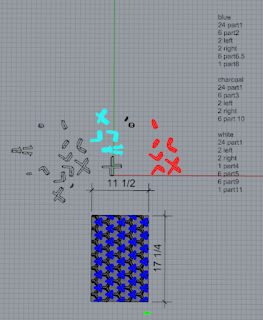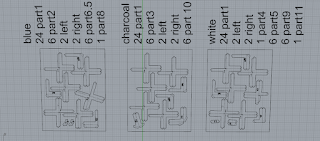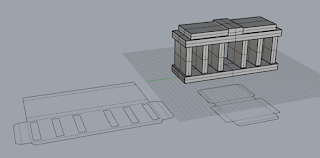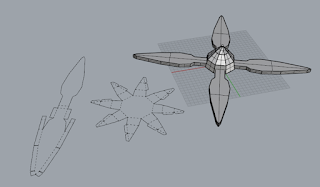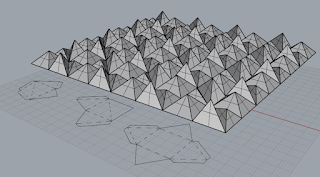So it turns out that I vastly underestimated the time it takes to score and cut the templates for my project, so as of now, it is incomplete. For the final of this project, after taking into consideration the feedback from our first prototype crits, I decided to move the project in a direction that would make it as accessible to as many people as possible. This decision was to make it a primarily visual piece. As much as I was intrigued by the idea brought up in the crits to incorporate movement and tactility, I believe that these idea would make creating a clean and professional looking project very difficult. My final solution was to enlarge and replicate the texture I had created for the first prototype over a roughly 1 foot - 2 foot area. I first enlarged each component by about 50%, then replicated the tecture and cropped it to my desired size.

This size, as seen in the image above, ended up being 17 1/4in by 11 1/2in. because the texture is cropped into a frame, cut components of the texture were created. These specialized parts obviously need their own templates, which can be seen highlighted above in red, cyan, and white.
I dug through the model and found each unique part, unfolding it and making it 2D. Because these special parts are unique to the mesh they are a part of, they need to be printed in specific colours. Using the "text" command in Rhino, I first numbered each part, then made a quick inventory of of what parts are in what colours, and how many of them are needed.
Wrestling all of the parts required onto the same page turned out to be quite the task, with only one template having a minor cut off by the restrictions of a printer. In total the print came out to be 18 pages. 6 white, 6 charcoal, and 6 blue.
So this is where the underestimation of time required comes in. As of Monday night (November 6), all 18 pages have been scored for folding and 6 have had the shapes cut out of them. While not being physically difficult, these shapes appeared to be a challenge to my sanity. This ended up being a learning experience for myself in that not I know that projects involving immense repetition, like this, have a very hard time with holding my attention.
I apologize for not having my finished product ready by the time this blog post is being written, but hopefully I will have something presentable by class on Wednesday. Once it is completed I will create a follow up post on the final project.
























